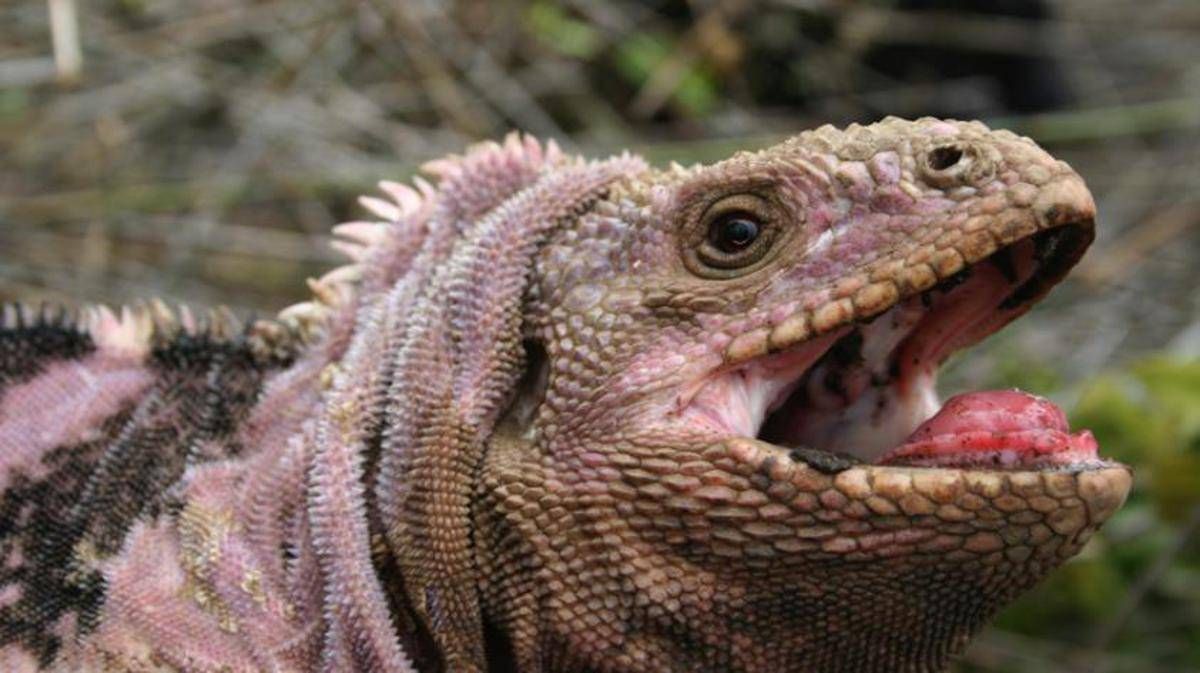
Evolution of Galápagos Iguanas: New Discoveries
Study Reveals Details on Timing and Mechanisms of Diversification of Terrestrial Iguanas
A recent study published in Molecular Phylogenetics and Evolution sheds new light on the evolution of Galápagos terrestrial iguanas, revealing previously unpublished details about the timing and mechanisms of their diversification.
DNA Analysis and Evolution Reconstruction
The scientists, led by Gabriele Gentile, Professor of Zoology at the University of Rome Tor Vergata and discoverer of the pink iguana in the early 2000s, analysed the DNA of specimens currently living in the Ecuadorian islands. The research, conducted by the International Consortium for Iguanid Reptile Genomes and involving researchers from various research institutes around the world, confirms that the ancestor of this group of reptiles colonised the archipelago around 10 million years ago. At that time, the present-day islands had not yet emerged, but lands now submerged in the ocean provided the starting point for a long evolutionary process.
Colonisation and Species Differentiation
The glacial periods of the last few hundred thousand years lowered the level of the oceans, allowing some of the Galápagos Islands to temporarily connect. This allowed the colonisation and subsequent differentiation of the various iguana species in the archipelago. ‘The research has clarified that the Galápagos pink iguana (Conolophus marthae) originated after the colonisation of the island of Isabela some 500,000 years ago, much more recently than previously assumed,’ explains Gabriele Gentile.
Hypotheses on Galápagos colonisation
Various hypotheses have been formulated on the colonisation of the Galápagos by the organisms that populate it. One theory considers the occasional movement from South America of rafts of vegetation, torn from the shores by the flooding of Andean rivers. These ‘islands of vegetation’, captured by the ‘Great Equatorial Current’ described by Darwin, may have carried new colonisers, including reptiles, which can withstand long journeys in ocean waters. Another theory suggests that from Central America, animals migrated slowly to the Galápagos due to the presence of volcanic islands and favourable ocean currents.
Interaction between Iguana Species
‘Demographic analysis has revealed opposite trends in the populations of pink and yellow iguanas (Conolophus subcristatus) cohabiting on the Wolf volcano, the highest on Isabela Island, suggesting a possible competitive interaction between the two species,’ adds Cecilia Paradiso, first author of the research, together with Paolo Gratton. Advances in genomics have made it possible to obtain much more precise information from genetic data than before, using the RadSeq technique to study large portions of the genome in large numbers of individuals.
Differentiation of the Santa Fe Terrestrial Iguana
Another aspect of the study involved the Santa Fe terrestrial iguana (Conolophus pallidus), whose differentiation was determined by geographical isolation caused by rising ocean levels at the end of the last ice age. This isolation separated the ancestral populations, favouring speciation. The study also found that iguana populations have historically been characterised by their small size, a factor that may have influenced their genetic diversity and resilience over time.
Implications for Species Conservation
‘These findings offer new perspectives for the conservation of the archipelago’s endemic species, emphasising the need for targeted strategies to protect this unique biodiversity,’ the university concludes. The findings represent a significant step forward in understanding the evolution of Galápagos iguanas and may help to develop more effective conservation plans.
THE LATEST NEWS
(Photo: © AndKronos)
-

 Scienza e Ricerca22 ore ago
Scienza e Ricerca22 ore agoTempesta geomagnetica “CME cannibale” colpisce la Terra: aurora visibile anche in Italia
-

 International-News21 ore ago
International-News21 ore agoJeffrey Epstein emails reveal contacts with Donald Trump
-

 Flash22 ore ago
Flash22 ore agoViolenza sulla moglie a Limbiate, uomo arrestato: le getta benzina sul volto
-

 Flash22 ore ago
Flash22 ore agoFicarazzi, arrestato 24enne per minacce e aggressioni alla ex compagna














